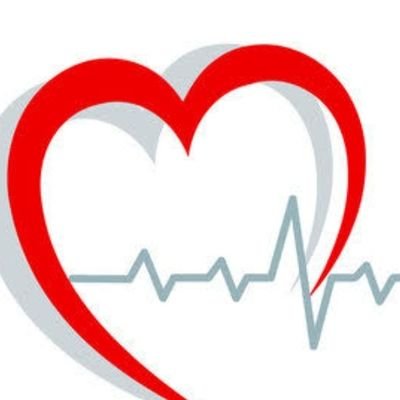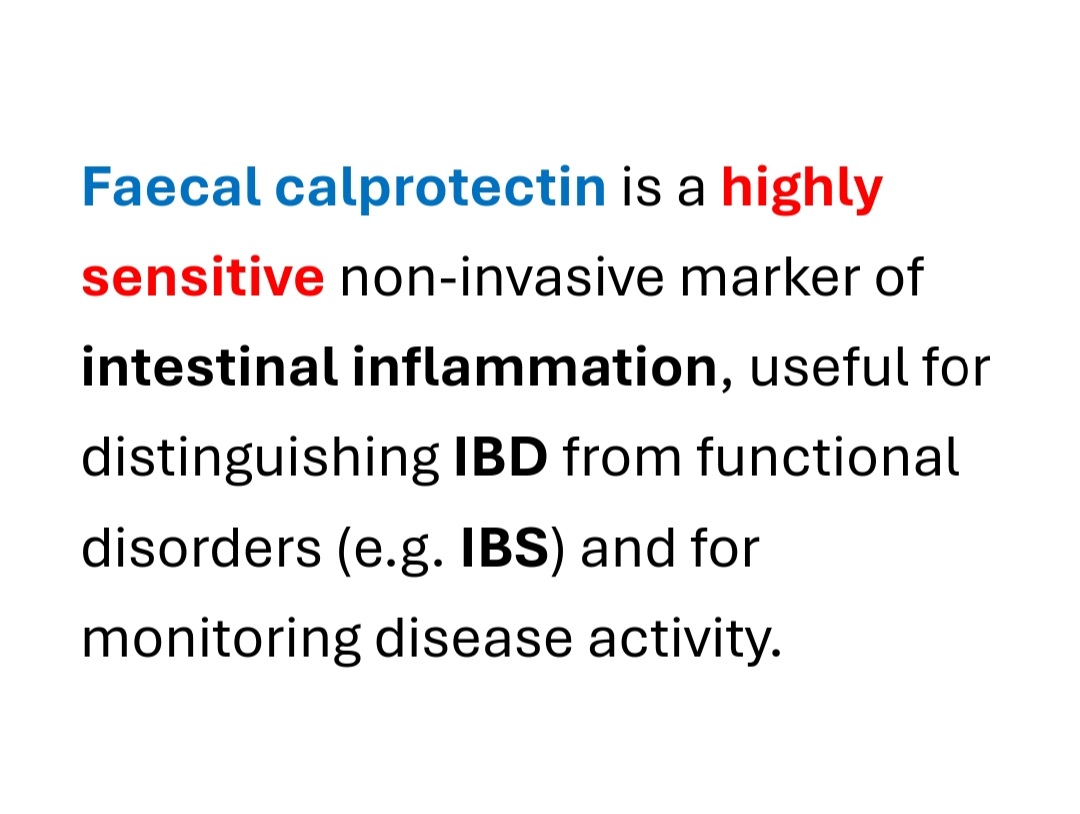
Ahmed Ata
@Ahmedata7777
Followers
8K
Following
2K
Media
2K
Statuses
3K
Cardiology Registrar, knowledge in this page is taken from books & websites during my study journey, I am just sharing it. Hope it can help! 🇪🇬
Joined May 2024
﴿ وَقَالُوا الْحَمْدُ لِلَّهِ الَّذِي أَذْهَبَ عَنَّا الْحَزَنَ ۖ إِنَّ رَبَّنَا لَغَفُورٌ شَكُورٌ﴾. رحمة الله علي الحصري
2
4
20
Where are you on the list? Wealthy side or Healthy side? 😎 From Medscape
0
0
7
Generate videos in just a few seconds. Try Grok Imagine, free for a limited time.
550
648
4K
ABG Example pH: 7.50 PaCO₂: 48 mmHg HCO₃⁻: 34 mEq/L What's your interpretation?
8
4
38
Stimulation agents to provoke the pituitary gland to release GH to diagnose GH deficiency! How come Insulin & Glucagon act as Stimulant Agents for GH release with opposite mechanism of action? 🤔 What other tests?
2
4
39
Fecal Calprotectin is not highly specific for IBD because elevated levels are also seen in other conditions that cause gut inflammation—such as infections, colorectal cancer, diverticulitis, NSAID use, and even in older adults.
0
0
2
Acid Base Disorders See, Primary disturbance & Secondary response have the same Arrow directions
2
18
110
HIT Type 2 (Immune-mediated, “true HIT”) Mechanism: IgG antibodies form against platelet factor 4 (PF4) + heparin complex → platelet activation, aggregation, consumption.
0
1
0
HIT Type 1 (Non-immune) Mechanism: Direct effect of heparin on platelet activation → mild, transient thrombocytopenia.
1
1
0
▪︎ Attacks usually occur at night (rest after exercise, high-carb dinner) ▪︎ Muscle strength returns once potassium normalizes.
0
0
2
Thyrotoxic Periodic Paralysis: ▪︎ Hyperthyroidism → increased Na⁺/K⁺-ATPase activity in muscles → shift of potassium into cells → hypokalemia. ▪︎ Hypokalemia is due to shift, not depletion → aggressive potassium replacement can cause rebound hyperkalemia.
1
5
31
Summary table of Common conditions associated with Pregnancy. Useful table to remember in clinical practice & Exams. What else would you like to add? 🤔
3
17
96
LMNL Weakness follows nerve/muscle distribution, no fixed pattern.
0
0
3
UMNL Weakness patterned: Upper limb: extensors weaker Lower limb: flexors weaker
1
0
4
UMNL vs LMNL ▪︎UMNL = "Spastic, Strong reflexes, Babinski" ▪︎LMNL = "Flaccid, Fasciculations, Atrophy" What else? 🤔
4
71
352













